In an era where the concrete jungle dominates, biophilic design emerges as a beacon of hope, integrating the power of nature into commercial landscapes. Biophilic design is more than just a trend; it’s a strategic approach to enhance well-being, productivity, and environmental sustainability. By weaving natural elements into the fabric of urban settings, businesses can forge deeper connections between humans and nature, yielding significant economic and ecological benefits.
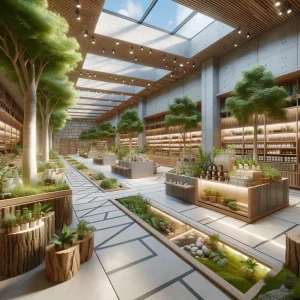
The Essence and Impact of Biophilic Design
At its core, biophilic design is about creating a human-centred approach that improves many aspects of community well-being and performance. Studies have shown that incorporating natural elements into workspaces can reduce stress, enhance creativity, and boost employee health. However, the benefits extend beyond the psychological; they ripple out to economic advantages through increased productivity and reduced absenteeism. Moreover, biophilic design is crucial in environmental conservation, helping businesses reduce their carbon footprint and support biodiversity.
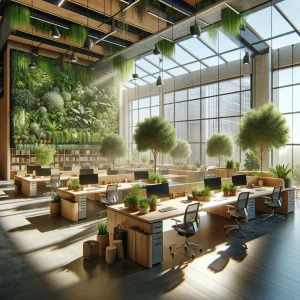
Showcasing Success: Case Studies Across Industries
One exemplary leader in this realm is IslandEarth Landscape, a company that has championed the integration of biophilic elements into various commercial projects. From small-scale interventions like installing green walls inside office spaces to large-scale endeavours such as designing complete outdoor work environments that encourage interaction and physical activity, IslandEarth Landscape exemplifies how businesses can thrive by embracing nature.
Consider the transformation of a retail space incorporating rooftop gardens and indoor water features, resulting in a 20% increase in foot traffic and a notable uplift in tenant satisfaction. Similarly, a hotel that introduced biophilic design elements into its lobby and outdoor relaxation areas saw a 15% rise in guest bookings, with reviews frequently highlighting the serene, natural ambiance.
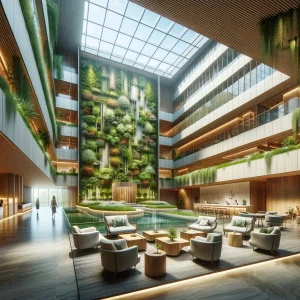
Practical Tips for Adoption
For business owners and landscape architects eager to explore biophilic design, the journey begins with understanding the space and its potential for natural integration. Start small by incorporating indoor plants, maximizing natural light, or introducing materials that mimic natural textures and colours. For large-scale projects, consider outdoor meeting areas, walking paths, or water features that encourage interaction with the environment.
Evaluating the ROI of such interventions can be straightforward when considering the long-term benefits of increased employee satisfaction and customer engagement. Moreover, leveraging technology, such as efficient irrigation systems or solar lighting, can enhance sustainability while ensuring the economic viability of biophilic features.
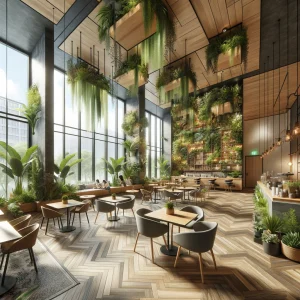
Contributing to Sustainability Goals
The biophilic design aligns perfectly with sustainability goals and certifications like LEED. Businesses can achieve certification and contribute to a more extensive environmental mission by prioritizing energy efficiency, water conservation, and material sustainability. IslandEarth Landscape’s projects often serve as benchmarks for sustainability, demonstrating how practical implementation can lead to certification and beyond.
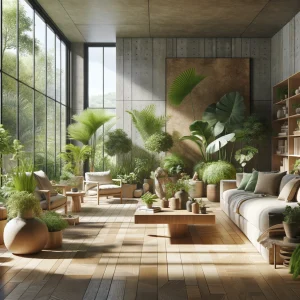
Dispelling Misconceptions
A common misconception is that biophilic design is prohibitively expensive or only suitable for new constructions. However, many projects prove that biophilic elements can be cost-effectively integrated into existing structures, offering flexibility across budget ranges. The key is a creative approach and a focus on long-term benefits.
In conclusion, the journey toward integrating nature into our commercial landscapes is not just about aesthetic enhancement. It’s a strategic move towards building more sustainable, productive, and psychologically fulfilling environments. Let IslandEarth Landscape guide you in transforming your space into a beacon of biophilic design where nature and commerce thrive in harmony.